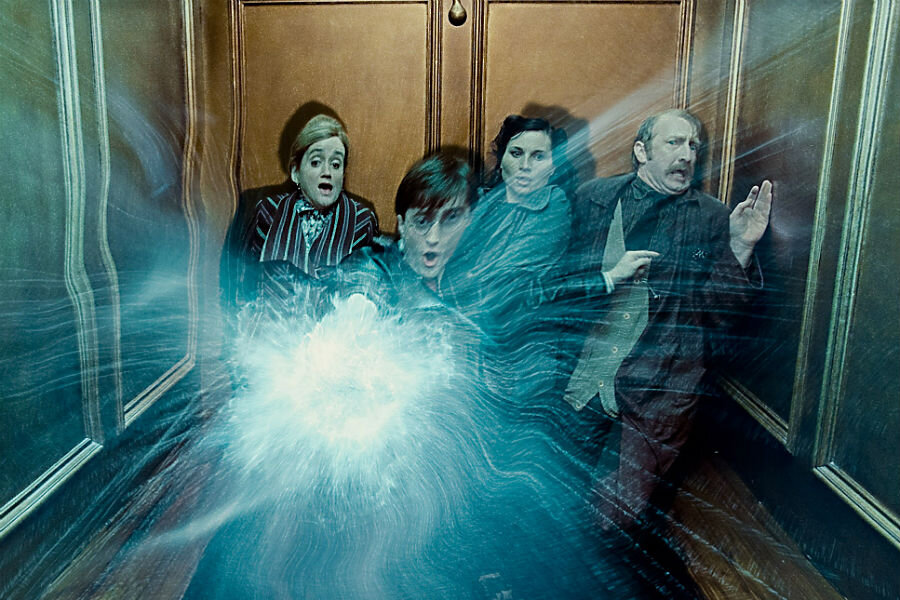Anti-scattering 'cloak' brings science closer to the power of invisibility
Invisibility has long been something of a "holy grail" in the world of scientific research, and barely a year seems to go by without a paper being published that takes a step closer to that dream.
The latest offering, published Friday in the journal Scientific Reports, discusses how to make an object “disappear” by coating it in a substance with the ability to change the object’s properties.
But does it truly bestow invisibility?
"The design is based upon transformation optics, a concept behind the idea of the invisibility cloak," said co-author Yang Hao from Queen Mary University of London's School of Electronic Engineering and Computer Science.
The cloak he speaks of is the one inherited by Harry Potter, the lead character in J.K. Rowling’s most popular novels, which played an integral role in many of his adventures, not least in facilitating the art of eavesdropping.
Yet this latest design claims not quite such universal camouflage as that. Instead, it seeks to make curved objects appear flat to electromagnetic waves.
Indeed, the work was done in partnership with British industry, which could boost the likelihood of the device seeing its deployment in practical applications.
"Previous research has shown this technique working at one frequency,” said Dr. Hao. “However, we can demonstrate that it works at a greater range of frequencies making it more useful for other engineering applications, such as nano-antennas and the aerospace industry."
When an electromagnetic wave travels along a flat surface and encounters something poking out of said surface, the wave scatters, which both disrupts the signal and allows detection of that protruding object.
The researchers created their cloak by coating a curved surface with a “nanocomposite medium,” which they say is constituted of seven distinct layers, each of which exhibits different electric properties depending upon the position. In so doing, they were able to vastly reduce the scattering effect on electromagnetic waves that encountered the object.
"The study and manipulation of surface waves is the key to develop technological and industrial solutions in the design of real-life platforms, for different application fields,” said first author Luigi La Spada, also of QMUL’s School of Electronic Engineering and Computer Science.
"Perhaps most importantly," added Dr. La Spada, "the approach used can be applied to other physical phenomena that are described by wave equations, such as acoustics. For this reason, we believe that this work has a great industrial impact."







